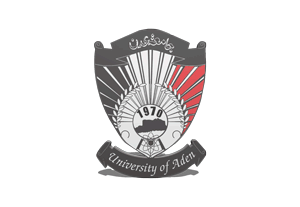IMPACT OF MONITORING AND EVALUATION ON THE PROJECT IMPLEMENTATION RESULTS
DOI:
https://doi.org/10.47372/ejua-hs.2022.2.161Keywords:
Monitoring, Evaluation, Projects’ Implementation ResultsAbstract
The research aimed to identify the importance of Monitoring and Evaluation (M&E) in all activities, in general, and in projects implementation, in specific. To demonstrate the vital role of M&E both quantitative and qualitative indicators are explained in this research. The researcher used the descriptive method asthe study approach. The objective of doing so is to show the various elements and concepts of M&E, leading to the acceptance of the adopting principle, which will lead towards achieving efficient outcomes in projects via using modern and scientific bases. For the purpose of this research so as to get feedback of the concerned personnel and authorities, a simple random of (60) workers in the field were investigated through personal interviews during field visits. The objective of the interview was to know the degree of acceptance for the idea. The interview has shown limited resistance to the idea of implementing the concept of M&E.The majority has shown readiness to the accept the idea.
The research concluded that to allow acceptance of the idea, decisions and recommendations need to be made to include M&E concept as a base towards the effective implementation of projects.Hence, to avoid resistance to the concept, it is necessary to experience M&E with any workplace in the project and strengthen the relationship between the M&E personnel, decision makers and project personnel.








